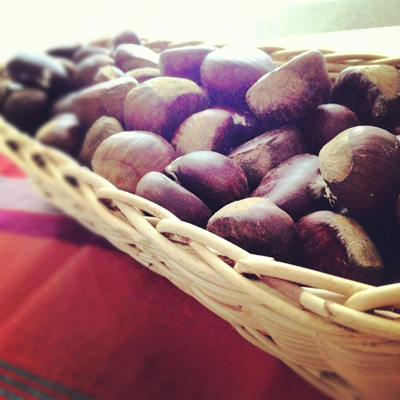5585 Guilford Road • Madison, WI 53711-5801 • 608-273-8080 • Fax 608-273-2021
www.agronomy.org
Twitter | Facebook
NEWS RELEASE
Contact: Hanna Jeske, Associate Director of Marketing and Brand Strategy, 608-268-3972, hjeske@sciencesocieties.org
How do scientists do traditional plant breeding?
Feb. 8, 2018 – The science of plant breeding has only existed for a little more than a century. But, humans have unofficially been selecting for the ‘cream of the crop’ for over 10,000 years. The February 7thSustainable, Secure Food blog post explains how crop breeders use traditional methods of plant breeding.
 According to blogger Christine Bradish, a plant breeder at AVOCA, “plant breeders are still focused on their number one goal: yield. Population growth and land restrictions mean we have to grow more food with less space. Different plant breeders work on different crops. Each crop has its own set of diseases, insects, and special requirements that make it unique. Additionally, changing weather patterns make drought (or flood) tolerance necessary. Breeders are working in the background to select for the most nutritious, flavorful fruits and vegetables!”
According to blogger Christine Bradish, a plant breeder at AVOCA, “plant breeders are still focused on their number one goal: yield. Population growth and land restrictions mean we have to grow more food with less space. Different plant breeders work on different crops. Each crop has its own set of diseases, insects, and special requirements that make it unique. Additionally, changing weather patterns make drought (or flood) tolerance necessary. Breeders are working in the background to select for the most nutritious, flavorful fruits and vegetables!”
Plants, like chestnut trees, have been saved by traditional plant breeding. “Classical, or conventional plant breeding, encompasses field methods, physical measurements, and an assortment of breeding designs with a variety of crops in different environments. The tall American chestnuts once dominated Eastern forests, and were valued for their beautiful wood. But, today’s American chestnuts are susceptible to a disease called chestnut blight.” By using breeding with a Chinese chestnut, native to Asia, breeders were able to create varieties of American chestnut that had disease resistance.
The blog also explains inbreeding, hybrid breeding and mutation breeding.
To read the complete blog, visit Sustainable, Secure Food at https://sustainable-secure-food-blog.com/2018/02/07/how-do-scientist…l-plant-breeding/.
This blog is sponsored and written by members of the American Society of Agronomy and Crop Science Society of America. Our members are researchers and trained, certified, professionals in the areas of growing our world’s food supply, while protecting our environment. We work at universities, government research facilities and private businesses across the United States and the world.
To learn more about crop breeding and wild crop relatives, visit https://www.crops.org/about-crop-science/crop-breeding or https://www.crops.org/about-crop-science/plant-preservation